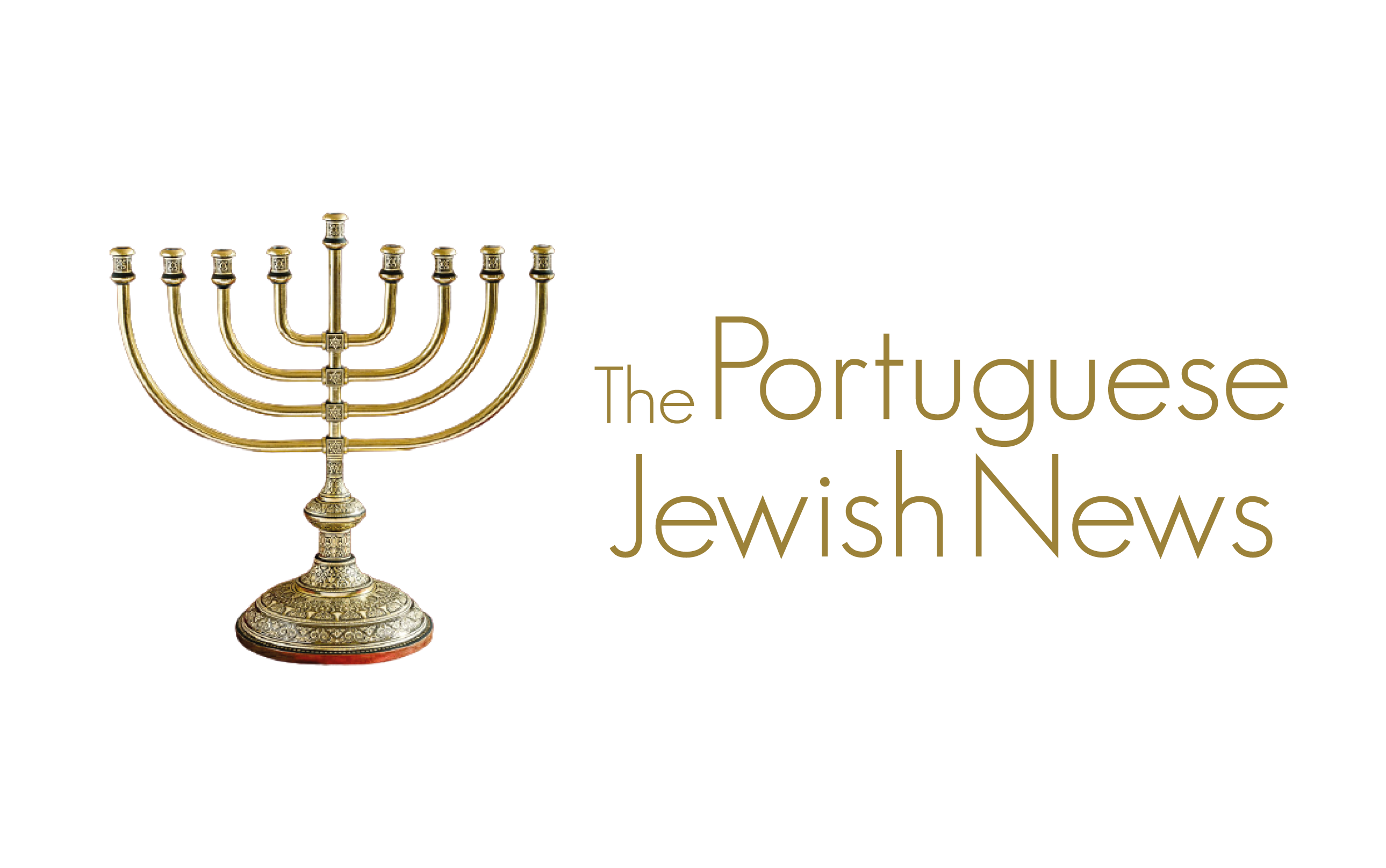In the past, Portugal has had a love-hate relationship with the Jews. The Edict of Expulsion in the 15th century and the installation of the Inquisition in this country in the 16th century, which was to endure for over three hundred years and even stretch as far as Brazil, eliminated the Portuguese Jewish community which, according to historians, represented 25% to 30% of the Portuguese population.
However, during the Second World War, the country’s neutral stance allowed it to become a flight route for thousands of Jews fleeing Nazi Germany. One of the “Righteous among the Nations” who saved the most Jews was the Portuguese consul, Aristides de Souza Mendes, who issued thousands of visas contrary to the wishes of Salazar’s government.
It was Portugal’s neutrality that enabled Mendel Schnnerson, the seventh Rabbi of Lubavitch, to reach the United States and set up the world headquarters of Beit Chabad in Brooklin. Similarly, the Sobel family fled the European continent via Portugal and twenty years later their son, Henri Sobel, became one of Brazil’s most important rabbis.
I was in Oporto recently to launch my book “A Alpinista” and was pleasantly surprised to be shown the Holocaust Museum. A visit to this museum is important to teach young people about the greatest crime against humanity carried out in Germany, a country that was deemed highly civilised in the mid-20th century.
The Holocaust shows us that we must combat all types of intolerance and prejudice, whether religious, ethnic or sexual, and destroy this evil. Nazi Germany is a perfect example of the importance of staying alert.
The museum has a collection of many documents showing Portugal’s importance as a flight route for Jews desperate to escape Nazi-dominated Europe.
The museographic installation of a corridor flanked on both sides by three-tiered bunk beds describes the humiliation of the Jews in the forced labour camps. They slept like animals, piled up in cramped rows, without comfort or hygiene.
The greatest impact as one enters the museum is the wonderful, dramatic photograph of the gates of Birkenau, or Auschwitz II, the extermination camp where over a million Jews were assassinated.
The Holocaust must never be forgotten, particularly now when antisemitism is coming back in great strength in many European countries.
-
Daniel Greenfield16/03/2025
Ben Cohen15/03/2025
Gabriel Senderowicz13/03/2025
Jonathan S. Tobin11/03/2025
Ruthie Blum23/02/2025
James Sinkinson19/02/2025
Gabriel Senderowicz12/02/2025
Fiamma Nirenstein11/02/2025
Gabriel Senderowicz11/02/2025
Masha Gabriel06/02/2025
Jason Shvili05/02/2025
Alex Traiman05/02/2025
Amit Halevi04/02/2025
Fiamma Nirenstein27/01/2025
Jonathan S. Tobin23/01/2025
Marcio Pitliuk 11/01/2022Oporto Holocaust Museum: a museum so that we never forget
Categories: Holocaust Museum of Oporto Holocaust

Marcio Pitliuk
Writer, filmmaker and curator of the São Paulo Holocaust Museum

